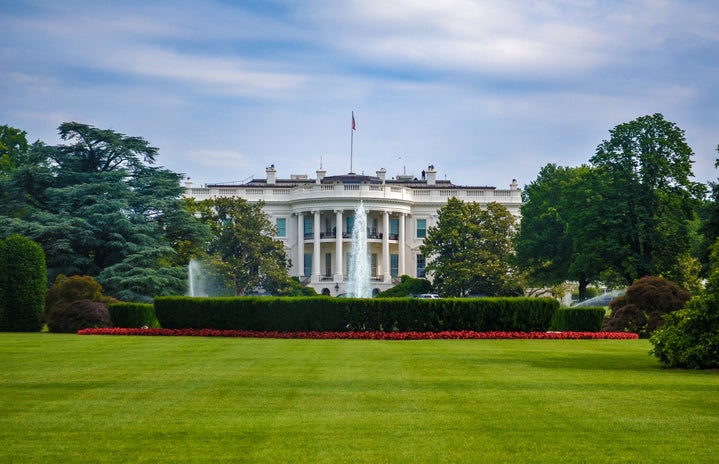On Tuesday, January 22, a 5–4 Supreme Court ruling pushed forward the Trump administration’s transgender military ban. The ban, initially proposed in a July 2017 tweet by President Trump, was lambasted by the lower courts. However, the conservative-leaning Court at the top of the judicial food chain demolished some of those injunctions. While there are still barriers barring the ban from immediately going into full effect, a non-transgender military looms in our future. But how will the ban work, and what are its implications?
June 2016: The Obama Administration Makes History
On a warm summer day, then-Secretary of Defense Ashton Carter officially instituted Directive-Type Memo 16-005. Despite its technical name, the directive was quite simple—“[N]o otherwise qualified Service member may be involuntarily separated, discharged or denied reenlistment or continuation of service, solely on the basis of their gender identity.” The landmark memorandum additionally equated gender identity discrimination with sexual discrimination.
From this day forward, military personnel were to receive training on gender identity and anti-discrimination. In this sense, anyone of sound mind who happened to be transgender was invited to serve in the United States military.
July 2017: Three Tweets Launch a Thousand Ships
Just over a year later, President Trump tweeted his plans to undo the work of the Obama administration. In a series of posts, the President said, “After consultation with my Generals and military experts, please be advised that the United States Government will not accept or allow Transgender individuals to serve in any capacity in the U.S. Military. Our military must be focused on decisive and overwhelming victory and cannot be burdened with the tremendous medical costs and disruption that transgender in the military would entail. Thank you.”
These tweets surprised some, but were predicted by others—transgender military edicts were not being enforced throughout the Department of Defense since Trump’s accession earlier that year.
August 2017: The Plans are Unveiled
It takes less than 400 days for Secretary Carter’s announcement to falter. And, just one month later, President Trump signed an official memorandum to ban transgender individuals from serving in the military. The memorandum also banned the military from spending money on sex reassignment surgeries. What was the purpose of these laws?
According to the Trump administration, money. President Trump and other conservative politicians, including Missouri Representative Vicky Hartzler, claim the costs of covering transgender medical expenses is too high for the military.
CNN’s Jill Filipovic, however, says it best:
“As of 2016, there were nearly 9,000 transgender people serving in the military. While it’s tough to calculate exactly how much it would cost to pay for gender confirmation surgery and other procedures and medications trans service members need, estimates generally show that the costs would be extremely low — about one-thousandth of one percent of the Defense Department’s budget, according to a 2016 Rand Corp. study commissioned by the Defense Department. The military spends 10 times as much treating erectile dysfunction, and five times as much on Viagra, according to an analysis by the Military Times.
“In other words, this isn’t about money.”
2018: Injunctions Keep the Ban at Bay
Injunctions from state courts were able to prevent the ban from coming to fruition, at least for 2018. Therefore, transgender individuals were able to register themselves to serve in the military, and those who had already begun gender-affirming surgeries had the opportunity to continue to do so out of the Defense budget pocket.
January 22, 2019: The One Decisive Vote
And now, with a conservative lean on the Supreme Court, the progress and resistance is about to be flushed down the drain. America teeters on the edge of hope and despair, all because of one vote that swung the law in Trump’s favor.
The Future: We’re Going Back to the Past
What was life in the military like for transgender individuals? If they wanted to be out, nonexistent. Gender dysphoria, the medical condition attributed to transgenderism, was considered a sign of mental instability. Soldiers were discharged solely on the basis of not identifying with their sex. Those who stayed in the closet were subject to personal health and safety issues, not to mention those that come with the job.
If the last of the injunctions fail, we’re going to see a military that doesn’t reflect the very country it strives to defend. We’re witnessing bigotry and transphobia in real-time. If you don’t want to take my word for it, there are plenty of transgender military personnel who would love to have a chat.


